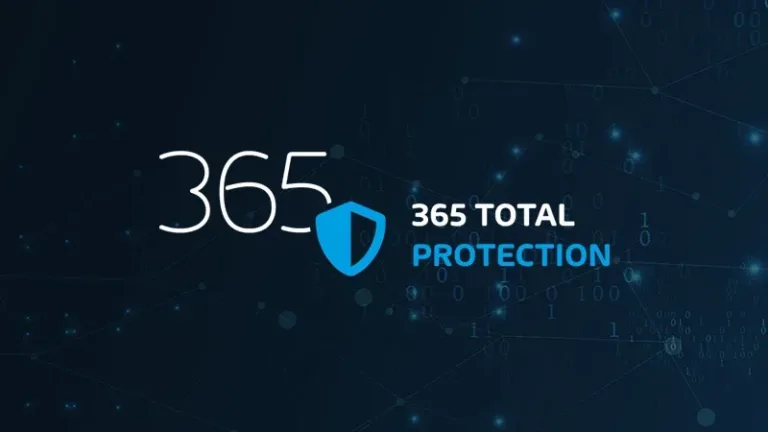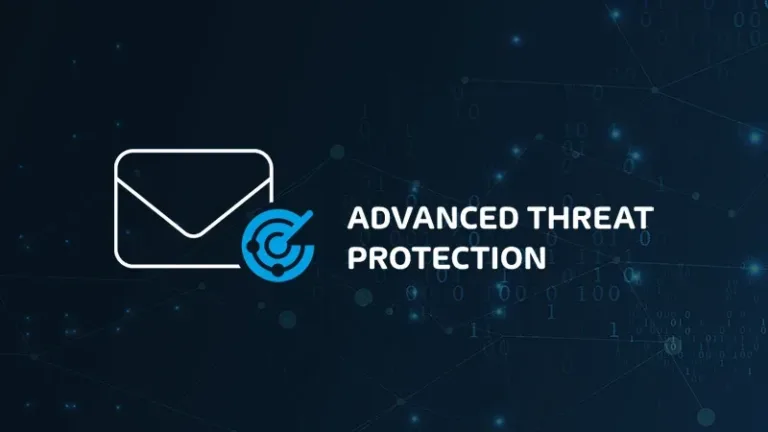

What is DKIM?
Definition and its use for e-mail security
This article explains how DKIM authentication works, how it helps prevent email fraud, and how various email providers, such as Microsoft 365, implement their own DKIM settings to enhance security.
Table of Contents

What is DKIM (DomainKeys Identified Email)?
DomainKeys Identified Mail (DKIM) is an email verification process that validates with a digital signature that an email came from the intended organization. When activated, DKIM validation happens automatically at the server level before ever reaching the recipient, authenticating the incoming email, so the receiver knows it’s legitimate and not malicious.
How to use DKIM
Before the message reaches the recipient, it undergoes a process of authentication. The inbound mail server intercepts the message and fetches the sender’s public DKIM signature from the sender’s DNS (domain name system) records. It then compares the private and public signature to see if they match. If they do, the inbound mail server authenticates the email and delivers it to the recipient. Otherwise, it drops the message and causes the delivery to fail.
Each email provider generally uses their own DKIM signatures. Microsoft provides here some information regarding DKIM settings in Microsoft 365. You can also check out our support page for a guide on how to set up DKIM.
Learn about HORNETSECURITY’S SERVICES
Interested in Related Topics?
Did you like our contribution to DKIM? Then other articles in our knowledge base might interest you as well! We help you learn more about cybersecurity related topics such as Emotet, Trojans, IT Security, Cryptolocker Ransomware, Phishing, GoBD, Cyber Kill Chain and Computer Worms.


